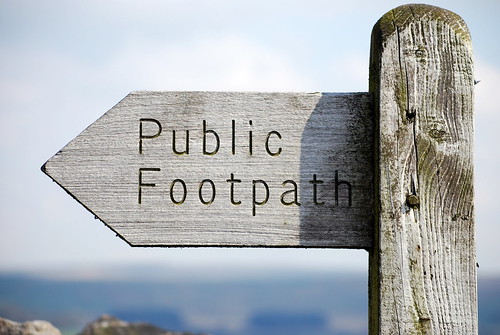This is the fourth article of the series “Business With Content“. Click here to read the third one.
A Big Problem With Most Membership Sites
There is one major issue with most membership sites and many of the e-learning projects. They get very little, if any, organic traffic from search engines. This is obvious: since their content is protected behind a pay-wall, search engines cannot index it.
So you may have tons of super-advanced unique content and yet no one is going to find it easily. Pity. You’ll have to advertise it somehow which usually means spending money.
The Possible Solution
There is a solution to this: partly public content. And many sites use this model with various strategies. The overall idea is that you put some of your content accessible for the search engines while the other is protected. Some sites even go beyond this and share all their content with SEs using technical tricks. Let’s explore the strategies:
- Some articles are free, some not. This is a good approach. You can put your basic content for free with public access and charge only for the more advanced articles. This will still give you some organic traffic and inbound links, provided that your basic content is good. Or you can give the first 1-2 articles from series or course for free, then charge for the others. Imagine this series had the first two articles for free: some readers would be OK to pay for the rest, while we would still enjoy some organic traffic from the first two.
Another approach to this is to make part of each article accessible, and put the rest behind a paywall. - Intro article / course description is free. If you are building an e-learning site you can keep course descriptions to public (default setting in Namaste! LMS for example) while keeping your lessons protected. The course description can be very detailed and include links to all lessons, thus giving you some chance for organic traffic. It’s also a good method to draw some of the interest of your potential subscribers as it’s always easier to sell when you have provided enough good content for free.
- Articles are free, videos, audios and tools not. If you have tools, videos or audios, they often provide enough incentive to pay for access. At the same time text performs best in search engines so you can combine the best of both worlds.
- Forums are free, articles not and vice-versus. Membership sites often have members only forums or other discussion areas. Sometimes they can be very important part of the site (for example if the forum provides the only way to connect with other members, do business together or mate them etc) and users will happily pay for access to them. OkCupid is one of the sites best known with similar strategy: they provide amazing content for free and gain a lot of links and organic traffic, but their “discussion” (mating) area is paid. Sites in the dating and adult industry use very advanced techniques for partly public content: do explore some of them, you’ll learn a lot.
The opposite is also possible: keep all your content protected, but the discussion forum accessible in read mode by everyone. This has two benefits: everyone will see that the forums contain a lot of useful content and references to articles. But to write in the forums or read the linked articles, they’ll need to subscribe. Of course, to have some use of this you need to attract and build a community first. - All articles are accessible by search engines. This concept requires a technical setup that will limit the access to a given reader to say one article per day, 10 articles per month etc. This can be done with cookies or sessions, or even by IP address while keeping things accessible to search engine bots. This is not a secure protection: many readers are knowledgeable enough to disable cookies or clean them up. But don’t worry: most won’t bother and won’t want to cheat. This method is surprisingly efficient because ALL your content is accessible to search engines and can bring a lot of visitors from them. It’s still good to provide more power to your subscription offer by giving access to e-books, videos and tools that can’t be accessed otherwise. Again, don’t worry that much for cheaters. People who cheat may ask for refund or do a chargeback anyway. Rather than being paranoid, put a small barrier like a cookie and it will be enough for most users. Of course this varies from niche to niche and from country to country.
Partial content access is the silver bullet in this business because, let’s be honest, many of us won’t do well without search engines. And more: subscribers themselves are a lot more inclined to pay for access if they can read some of your content and figure out it is really good. Small previews and long sales letters won’t do the job so well.
The next article is about selling info products. Go ahead.

